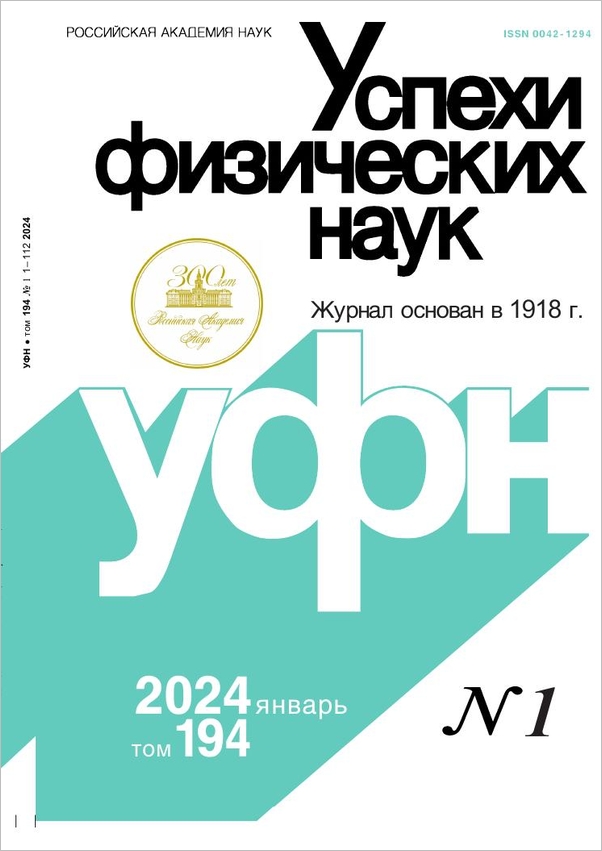|
This article is cited in 503 scientific papers (total in 503 papers)
REVIEWS OF TOPICAL PROBLEMS
Nonlinear aspects of quantum plasma physics
P. K. Shuklaabcde, B. Eliassona
a The Abdus Salam International Centre for Theoretical Physics
b Scottish Universities Physics Alliance (SUPA), Department of Physics, University of Strathclyde
c Instituto de Plasmas e Fusao Nuclear, Instituto Superior Técnico, Universidade Técnica de Lisboa
d Institut für Theoretische Physik IV, Fakultät für Physik und Astronomie, Ruhr-Universität Bochum
e Department of Physics, Umeå University, Sweden
Abstract:
Dense quantum plasmas are ubiquitous in planetary interiors and in compact astrophysical objects (e.g. the interior of white dwarf stars, in magnetars etc.), in semiconductors and micro-mechanical systems, as well as in the next generation intense laser-solid density plasma interaction experiments and in quantum X-ray free-electron lasers. In contrast to classical plasmas, one encounters extremely high plasma number density and low temperature in quantum plasmas. The latter are composed of electrons, positrons and holes, which are degenerate. Positrons (holes) have the same (slightly different) mass as electrons, but opposite charge. The degenerate charged particles (electrons, positrons, holes) follow the Fermi – Dirac statistics. In quantum plasmas, there are new forces associated with (i) quantum statistical electron and positron pressures, (ii) electron and positron tunneling through the Bohm potential, and (iii) electron and positron angular momentum spin. Inclusion of these quantum forces provides possibility of very high-frequency dispersive electrostatic and electromagnetic waves (e.g. in the hard X-ray and gamma rays regimes) having extremely short wavelengths. In this review paper, we present theoretical backgrounds for some important nonlinear aspects of wave-wave and wave-electron interactions in dense quantum plasmas. Specifically, we shall focus on nonlinear electrostatic electron and ion plasma waves, novel aspects of 3D quantum electron fluid turbulence, as well as nonlinearly coupled intense electromagnetic waves and localized plasma wave structures. Also discussed are the phase space kinetic structures and mechanisms that can generate quasi-stationary magnetic fields in dense quantum plasmas. The influence of the external magnetic field and the electron angular momentum spin on the electromagnetic wave dynamics is discussed. Finally, future perspectives of the nonlinear quantum plasma physics are highlighted.
Received: June 19, 2009
Revised: August 26, 2009
Citation:
P. K. Shukla, B. Eliasson, “Nonlinear aspects of quantum plasma physics”, UFN, 180:1 (2010), 55–82; Phys. Usp., 53:1 (2010), 51–76
Linking options:
https://www.mathnet.ru/eng/ufn874 https://www.mathnet.ru/eng/ufn/v180/i1/p55
|


| Statistics & downloads: |
| Abstract page: | 1501 | | Full-text PDF : | 229 | | References: | 125 |
|





 Contact us:
Contact us: Terms of Use
Terms of Use
 Registration to the website
Registration to the website Logotypes
Logotypes








 Citation in format
Citation in format 
